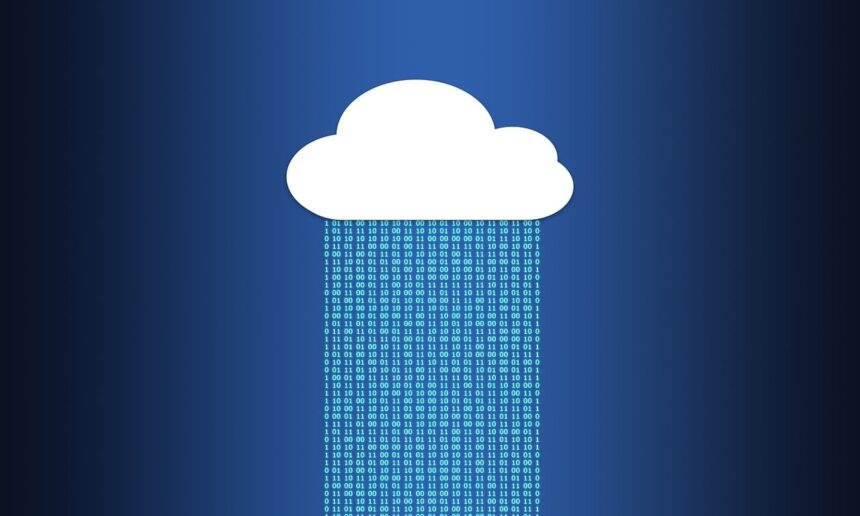Insider threats are becoming just as big of a threat to cloud security as external threats. Whether accidental or on purpose, employees can cause harm to an organization’s data because they have access to sensitive information and systems, making it easier for them to misuse this privilege. As more companies store their data in the cloud, understanding how to prevent cloud insider threats becomes more vital.
How Insider Threats in the Cloud Work
Insider threats in the cloud occur through individuals within a business who have permission to access its cloud services. These people can be staff, contractors or business partners who misuse their access rights to harm an enterprise.
This can happen in several ways — for example, an insider could accidentally share sensitive information by mishandling data-sharing permissions. Alternatively, a disgruntled worker could intentionally delete important data or install malicious software within the cloud infrastructure to disrupt services.
Moreover, because cloud environments allow remote access, insiders can perform these actions from anywhere, making detecting and preventing such threats harder. The flexibility and scalability of cloud services are highly beneficial for business operations, but they can expand the potential attack surface.
The Rising Risk of Cloud Insider Threats
Unsurprisingly, 74% of surveyed organizations stated insider attacks have increased in the past year. These threats have also increased in cloud-based services, with more than half of responses indicating finding insider threats in the cloud is more difficult. As more brands transition to the cloud, the potential for insider threats increases.
The cloud gives employees more access points to sensitive data, whether they work from home or the office. While this boosts productivity, increased accessibility opens new vulnerabilities. It’s easy to share and store large amounts of data in the cloud — plus, cloud services are inexpensive, allowing companies to keep operating with less downtime and overhead. However, insider access to the cloud can accidentally expose information or cause a data breach.
Thus, an increase in cloud service usage raises the chances of these threats happening. Furthermore, rapid technological advancement and increased cloud service adoption can outstrip an enterprise’s ability to implement effective security measures.
A lack of internal controls is the reason about 35% of companies experience insider threats. Therefore, organizations should create more refined security strategies to protect their data.
How to Prevent Insider Threats in the Cloud
Preventing cloud insider threats requires several technical controls and policies. The following best practices enable cybersecurity specialists to defend against them.
1. Utilize Cloud-Native Identity and Access Management Features
Cloud providers offer advanced identity and access management (IAM) capabilities that go beyond traditional access controls. For example, AWS IAM allows for fine-grained access controls and policies that enforce who can access which resources under certain conditions. These include geographic and time-based restrictions. Use these features to enforce least privilege access more effectively and limit potential insider threat vectors specific to cloud resources.
2. Use Cloud Security Posture Management
Cloud security posture management (CSPM) helps companies monitor and manage cloud security by identifying risks, misconfigurations and unauthorized access attempts. Implementing CSPM offers real-time alerts and remediation recommendations.
This enables quicker vulnerability detection, stimulating instant mitigation actions essential to preventing data breaches. Leveraging CSPM also ensures cloud services are securely configured according to best practices, making it a crucial part of a strong cloud security strategy.
3. Adopt Cloud Workload Protection Platforms
Cloud workload protection platforms (CWPPs) are essential to safeguarding cloud environments against security risks. CWPPs are excellent for securing virtual machines and serverless functions. They offer advanced features like system integrity monitoring, vulnerability management and network traffic analysis. By deploying CWPPs, organizations can monitor for suspicious activities across cloud workloads. As such, they implement defenses that protect data and resources in dynamic cloud ecosystems.
4. Enable Cloud Service Configuration Auditing
Mitigate cloud insider threats by using tools specific to cloud service configuration auditing. Tools like AWS Config or Azure Policy take care of cloud configurations by monitoring them for you. By detecting misconfigurations that insiders could exploit, you can enhance the security posture against unauthorized access and data breaches.
5. Monitor Cloud Activities With Analytics
Cloud environments generate extensive amounts of logs. Consider analyzing them with services like AWS CloudTrail or Azure Monitor to keep track of suspicious activity. Utilizing cloud activity monitoring can identify odd access patterns and permission escalations that help you take steps to thwart insider threats.
Protecting Your Cloud From Insider Threats
Protecting your cloud against insider threats requires various approaches and best practices. By implementing them, you greatly enhance your defenses and boost a culture of awareness. However, the key is prioritizing continuous improvement and adaptation of security measures. Doing so will help you stay ahead of growing threats and ensure your cloud data remains protected.
Source: cybersecurity-magazine.com


